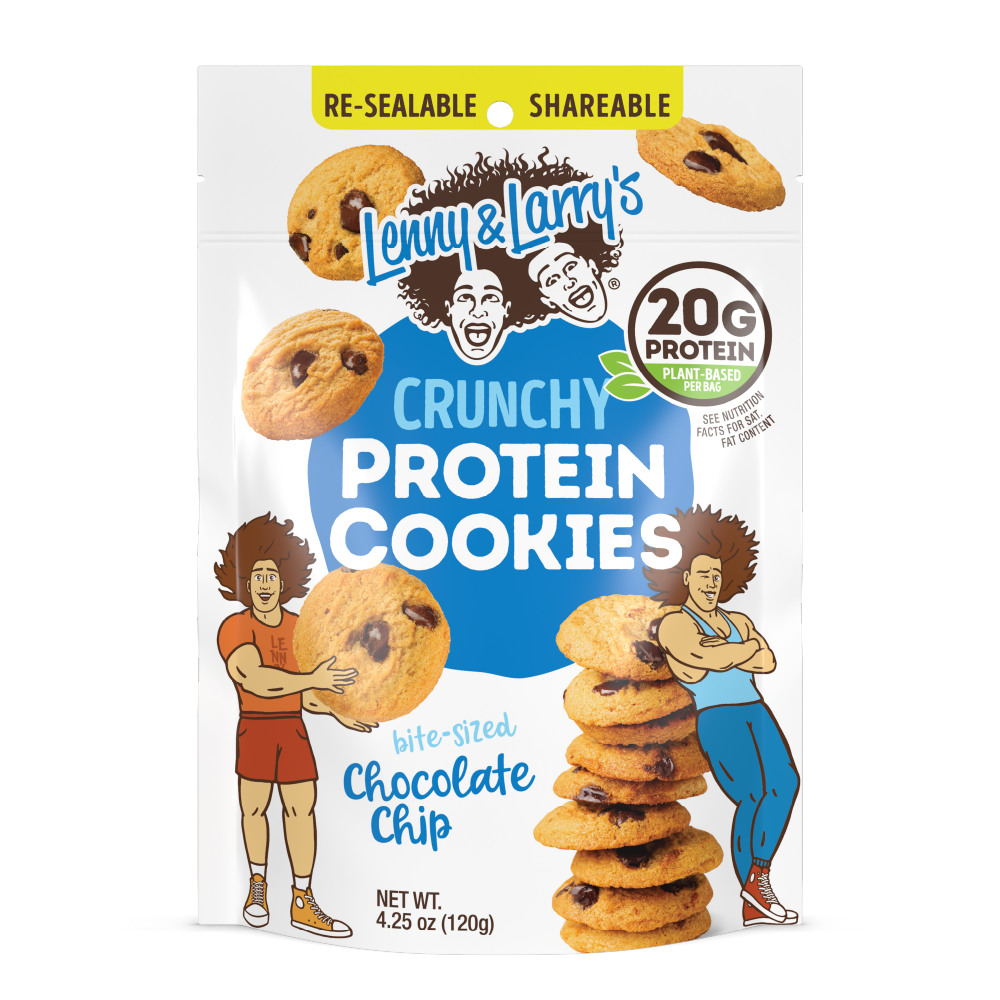The rising sun of wellness casts its warm light on an ancient dietary practice: fermented foods. These culinary miracles, brimming with unique flavors, are not only a gastronomic delight but also serve as a cornerstone of nutritional wellness. While fermentation is as old as human history itself, the modern world is rediscovering it not just as a method of food preservation but also for its numerous health benefits and taste transformation capabilities.
What are Fermented Foods?
Fermentation, at its most basic, is a biochemical process where microorganisms, such as bacteria and yeasts, convert sugars into other compounds like alcohol, gases, or acids. In the context of food, this process is harnessed for various reasons - to enhance flavors, improve preservation, and increase food safety.
Fermented foods are those which have undergone this transformative process. They range from dairy products like yogurt and kefir, to vegetables and legumes like kimchi and tempeh, and even to beverages like beer and kombucha. Fermentation imbues these foods with distinctive tastes, aromas, and textures that are not just palatable but also diverse and complex.
A Brief History of Fermented Foods
The Timeless Relevance of Fermentation
Fermented foods bridge the gap between ancient culinary wisdom and modern nutritional science. They're a testament to humanity's innovative spirit in nourishing itself, and a reminder of the complex and beneficial relationships we share with the microbial world.
The Science of Fermentation

Fermentation is a natural, biochemical process that hinges on the work of microorganisms such as bacteria, yeasts, and molds. These microscopic helpers act on the sugars present in food, converting them into other substances. While this might sound complicated, it's actually a fundamental and widespread process in nature.
The Magic of Microorganisms
Each of these microorganisms has a preferred 'food source', which are essentially the sugars present in the food. Once they consume these sugars, they produce other compounds as a by-product. For instance, LAB consume sugars and produce lactic acid, which gives fermented foods like yogurt and sauerkraut their characteristic tangy taste. Yeasts, like those used in beer and wine production, consume sugars and produce alcohol and carbon dioxide.
Understanding the Fermentation Process
Safety and Quality Control in Fermentation
The science of fermentation is an elegant dance between nature and nurture. It's an interplay of microorganisms and their environment, choreographed by human ingenuity to create foods that are safe, delicious, and nutritious.
The Health Benefits of Fermented Foods

Fermented foods have seen a resurgence in popularity, not just for their unique flavors but also for their potential health benefits. These benefits stem from the transformative process of fermentation, where ordinary foods become nutrient-rich, bioactive powerhouses.
Key health benefits associated with consuming fermented foods:
Boosting Digestive Health
Fermented foods are renowned for their role in promoting digestive health. The fermentation process pre-digests complex food components, making the food easier to digest and the nutrients more bioavailable. For instance, lactose in milk is broken down into simpler sugars during the fermentation process, making products like yogurt and kefir more tolerable for those with lactose intolerance.
Probiotics and Gut Health
A key health benefit of fermented foods comes from the probiotics they contain. Probiotics are beneficial bacteria that can colonize our gut, contributing to a balanced gut microbiome - a complex community of microorganisms that plays a crucial role in our health.
A balanced gut microbiome is instrumental in proper digestion, nutrient absorption, and immune function. Probiotics can help enhance gut health by outcompeting harmful bacteria and producing compounds that nourish our gut lining. Some strains of probiotics in fermented foods are also known to produce bioactive compounds that have anti-inflammatory and immune-boosting properties.
Enhancing Immunity
An estimated 70% of our immune system resides in our gut, making gut health and immune health two sides of the same coin. By promoting a balanced gut microbiome, fermented foods can indirectly bolster our immune defenses. Additionally, the fermentation process can lead to the production of certain compounds with direct immune-enhancing effects.
Promoting Nutrient Absorption
Fermentation can increase the availability of certain nutrients in foods. For instance, fermentation can increase the levels of certain B-vitamins and free up minerals like iron, zinc, and magnesium, making them more accessible for absorption.
Potential Role in Mental Health
Research suggests a link between gut health and mental health, often referred to as the 'gut-brain axis'. While research in this area is still evolving, there's some evidence to suggest that a balanced gut microbiome, supported by probiotics from fermented foods, can have a positive impact on mental health.
Fermented foods offer a smorgasbord of potential health benefits, ranging from improved digestion to enhanced nutrient absorption and immunity. By integrating fermented foods into our diet, we can support our health in a delicious and natural way. However, it's important to remember that fermented foods are just one piece of the puzzle of a balanced, diverse diet and healthy lifestyle.
Fermented Foods Recipes
Embracing fermented foods in your diet doesn't mean you need to eat them straight out of the jar - though you certainly can if you enjoy them that way!
Here are three easy-to-follow and versatile recipes featuring kimchi, sauerkraut, and kombucha:

1. Spicy Kimchi Fried Rice
Fried rice is a classic comfort dish and adding kimchi gives it a delightful kick of flavor and a boost of probiotics.
Ingredients:
- 2 cups cooked rice
- 1 cup kimchi, chopped
- 2 tablespoons kimchi juice
- 1 tablespoon vegetable oil
- 2 green onions, chopped
- 1 teaspoon sesame oil
- Sesame seeds for garnish
Instructions:
- Heat the vegetable oil in a pan over medium heat.
- Add the chopped kimchi and stir-fry until it starts to crisp up.
- Add the rice, kimchi juice, and sesame oil, stirring until everything is well combined and the rice is heated through.
- Remove from heat and mix in the chopped green onions.
- Serve your kimchi fried rice garnished with sesame seeds. Enjoy!

2. Sauerkraut Sandwich
A sauerkraut sandwich is a delicious way to enjoy the tangy taste of fermented cabbage. It pairs perfectly with deli meats or cheese for a lunchtime treat.
Ingredients:
- 2 slices of your favorite bread
- 4 slices of deli meat (turkey, ham, roast beef)
- 2 slices of cheese
- 1/4 cup sauerkraut, drained
- 1 tablespoon mustard
Instructions:
- Layer your sandwich with the deli meat and cheese.
- Spread the mustard on one slice of the bread.
- Add a generous layer of drained sauerkraut.
- Close your sandwich, cut in half if preferred, and enjoy!

3. Kombucha Vinaigrette
Kombucha, a fermented tea drink, can make a tangy and probiotic-rich base for salad dressings.
Ingredients:
- 1/2 cup kombucha (any flavor you prefer)
- 1/4 cup extra virgin olive oil
- 2 tablespoons apple cider vinegar
- 1 teaspoon Dijon mustard
- Salt and pepper to taste
Instructions:
- In a bowl, whisk together the kombucha, olive oil, apple cider vinegar, and Dijon mustard until well combined.
- Season with salt and pepper to taste.
- Drizzle your kombucha vinaigrette over your favorite salad and toss to combine.
Incorporating fermented foods into your culinary repertoire is a fun and flavorful way to boost your diet with probiotics and other beneficial compounds. These recipes are just a starting point - feel free to get creative in the kitchen with your favorite fermented foods!
Incorporating Fermented Foods into Your Everyday Diet
Beginning your journey with fermented foods need not be daunting. Start small by introducing them as a side dish or condiment. A spoonful of sauerkraut with your lunch or a dash of fermented hot sauce on your eggs can be great ways to start. You can also experiment with beverages like kombucha or kefir as a refreshing alternative to your usual drinks. Since fermented foods can have strong and unique flavors, gradual introduction allows your palate to adjust while your gut flora adapts to the influx of new bacteria.
An Exploration into Fermented Foods
These age-old culinary traditions offer more than just unique flavors and textures. They provide a host of potential health benefits, from supporting digestive health to enhancing nutrient absorption. The incorporation of fermented foods into our daily diets can be a delightful gastronomic adventure.
Diversity is key in a healthy diet, and the same goes for fermented foods. Each type of fermented food hosts different strains of beneficial bacteria, so try a variety. Perhaps some kimchi one day, a serving of yogurt the next, followed by a pickled beetroot salad. And remember, while the health benefits of fermented foods are exciting, they should be a part of a balanced diet, not a substitute for one. Listen to your body and consult with a healthcare professional if you have specific dietary needs or concerns.
 Lenny and Larrys
Lenny and Larrys
